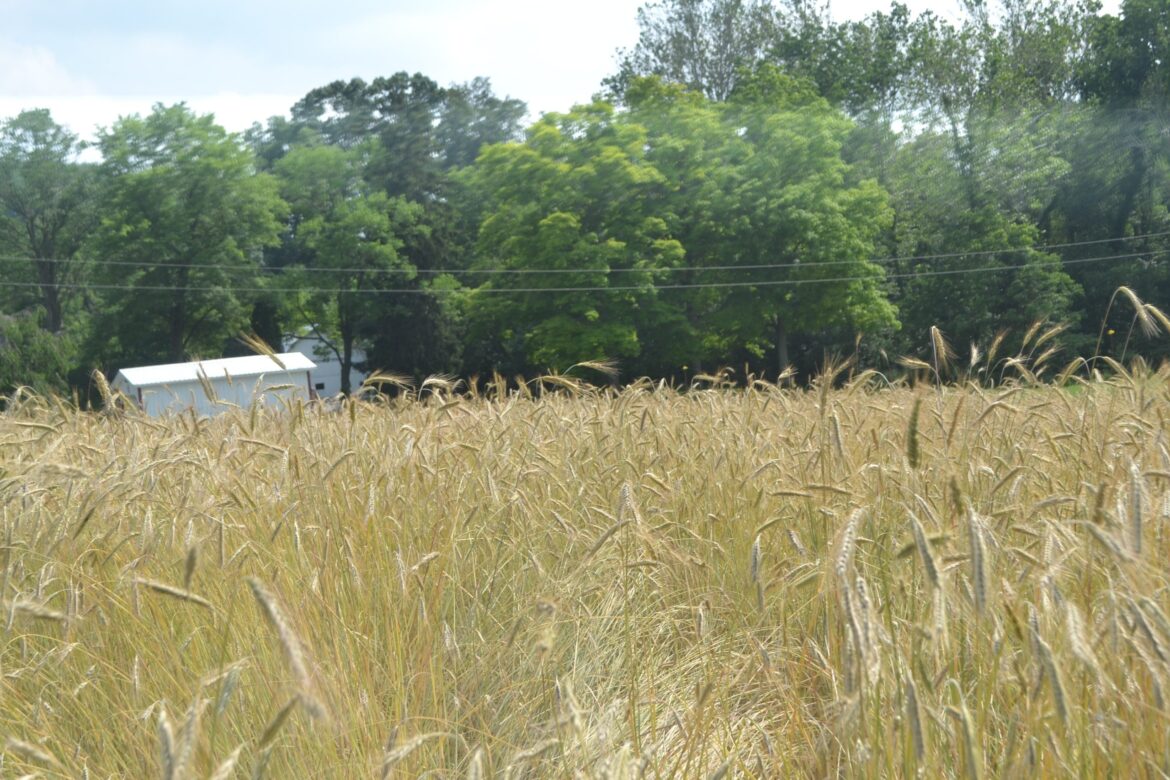A few years ago, a friend of mine from Mansfield asked me,” Well, now that I have been harvesting my garden this season, and lots of my stuff has come out of my garden, what can I plant now in the spaces that I have?”
My answer to her was straightforward. I said, “I’ll check it out and see what we can do to get another season out of a garden.”
I was walking down the street around the end of July near my home. One of the local farmers had just harvested his wheat field.
The wheat stems were still in the fields, but there was something odd in the field. This field still had some green plants growing in it.
My farming neighbor had a crop of alfalfa coming up. Since August is a hot month wherever you go, and soil temperatures are up, you won’t have to worry about frost damage now.
The great benefit is that, regardless of the situation, you will get good root growth. Most plants will have enough strength to survive some of the stresses caused by temperature drops.
The shortened growing season is the key to understanding the challenges of growing more crops in your garden. Vegetable production that will require a flower, like tomatoes or peppers, won’t reach maturity in time unless covered in some way.
There is a combination solution for what to plant in August. You can install new plants among vegetables and fruit. The benefit from the companion plantings can help curtail pests and help produce a plentiful harvest.
Rather than doing a springtime calculation on when to get your transplants or seeds in the ground, you need to do the reverse and decide if there is enough time for your transplant or seed to be able to produce a crop.
The first frost date in Jeromesville, Ohio, is Sept. 22 as an average over many years. By Oct. 7 your chance of being hit by a 32-degree frost is 50/50.
Late August plantings of vegetables from seeds and transplants are as follows: cauliflower, lettuce, purple daikon radish, green beans, spring cabbage, collard greens, mustard greens, carrots, endive, kohl rabbi, onion seed, celeriac, spinach, turnips, beets, leeks, peas, radishes, and broccoli.
Some of the late-season herbs that we can plant from seed are lemon balm, dill, garlic chives, cilantro, arugula, parsley, Swiss chard, kale, baby pak choi, bulbous fennel, and water cress.
Each of these plants requires a different harvest time. There should still be enough time to get some of these crops to reach a harvest.
Strawberries are a perennial fruit and a member of the rose family. You can manage Black rot on strawberries by interplanting rye as a winter cover crop. Winter rye planted in August cures Black-Rot in strawberries.
Spinach and bush beans do well in combination with strawberries. Borage also attracts bees that will help pollinate the strawberries when planted near the strawberries.
White hellebores help control sawfly in strawberries.
You can install both hellebores and borage as bedding plants in August to become established for next year.
Broccoli or kohlrabi does well with beet, onion seed, and dill. The combination of broccoli and beets, or kohlrabi and beets, or broccoli and onion seeds, or kohlrabi and onion seeds.
Our set of these four combinations would work well because you would alternate in the row and grow at different levels of the garden, improving the situation for the other. From 45 degrees to 75 degrees, the cabbages, broccoli, and kohlrabi do the best and can set their fruit or flowers, which we are getting ready to enjoy now.
Too hot and the flowers bolt.
One of the keys to any of this is that you are going to need to perform some everyday spring chores. Other than this, you will do the same sort of chores as you would during the spring, only in reverse.
You should keep in mind that during the winter, there is a cover crop. Cover crops aid in fixing nitrogen in the soil. Oats help reduce the weed problem in the beds. Buckwheat will help encourage beneficial insects for next year.
The long root of the diakon radish acts like a dagger to help penetrate the soil and break up the hardpan soil.
August plantings in your garden will go a long way to help you consider your garden a success for the year. We have only 49 days left until we know that there will be a 50/50 chance of a killing frost bringing and growing season closing.
I hope you have a pleasant stroll in your garden this week. Do not hesitate to e-mail me at ericlarson546@yahoo.com.


Comments are closed.